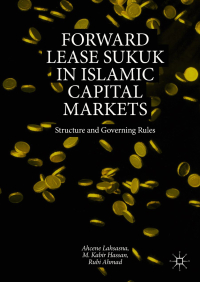1. What are the relevant cash flows that should be used to analyze this project?
2. Please calculate OCF, NCS, and change in NWC
3. Based on the forecast of the cash flows, could you calculate the net present value, internal rate of return, profitability index, payback period, discounted payback period of the project?

Superman Sports Company The CEO of Superman Sports Company, Russell Warren, was a mechanical engineer. He developed a sound technique of making baseball bats and founded the company. Under his leadership, the company had gained national reputation. Recently, however, a new machine was developed in the industry which would allow manufacturers to coat the aluminum baseball bats with a special compound giving them a satin finish and making them more durable and powerful. The prototype has been presented to the respective regulatory authorities and has been approved. Julian Jackson, the head of the design group, has tested the new product and researched the relevant cost and production process issues that would entail. Julian reported that besides the initial price tag of $350,000 for one of these machines, users would have to incur shipping, handling, and installation costs of $4,500 and annual fixed operating costs of about S20,000 per machine. Currently, the company incurs fixed operating costs of $28,000 for its coating and finishing process. Initial marketing survey results indicated that the company would be able to increase sales of its newly designed baYball bats by about 10% per year in the first year of introduction and thereafter at a rate of 5% per yer compared with forecasted sales growth of 3% per year for the current type of baseball bats. During the most recent year, the Company sold 220,000 baseball bats at an average price of $12.50 per unit. The newly designed bat was expected to sell for $13 per unit Material, labor, general, and administrative costs were expected to remain constant at S10 per unit. The increased sales and production requirements would entail an increase in accounts receivable of $54,000 an increase in accounts payable of $30,000, and an increase in inventory of $20,000. It was assumed that any increase in net working capital would be recovered at the end of the useful life of the machine, which was estimated to be 5 years. The existing machine was purchased 5 years ago for $225,000. Currently, it could be sold for $100,000, with the price expected to decline to about $10,000 after 5 more years of use. Depreciation on the existing machine was being calculated using a 10-year straight-line schedule with the assumption of no residual salvage value. The new machine was expected to last for 5 years -the same as the remaining life of the old machine. The new machine would qualify as a 5-year class life asset under MACRS depreciation rates and was expected to have a market value of approximately $20,000 at the end of its economic life. The Company's marginal tax rate is 22% and its weighted average costs of capital (required rate of return) is estimated at 15%. Part of the cost of replacing the existing machine would be financed by a bank loan that would require an annual interest expense of 10% on the outstanding balance. The MACRS depreciation schedules are given below Property Class Five-Yoar Seven-Year 14.29% 24.49 17.40 12.49 8.93 8.92 Year Three-Year 20.00% 32.00 19.20 11.52 11.52 5.76 44.45 14.81 7.41 446 To assist Russell Warren making the decision whether or not to go with the new technology, please prepare a capital budgeting report and address the following questions







